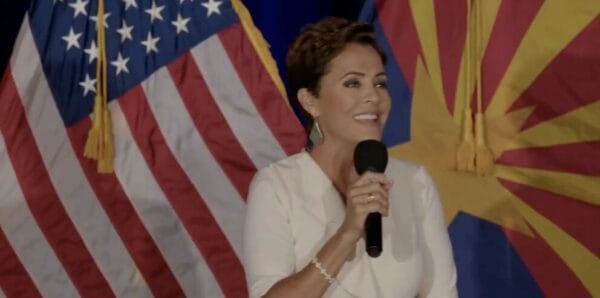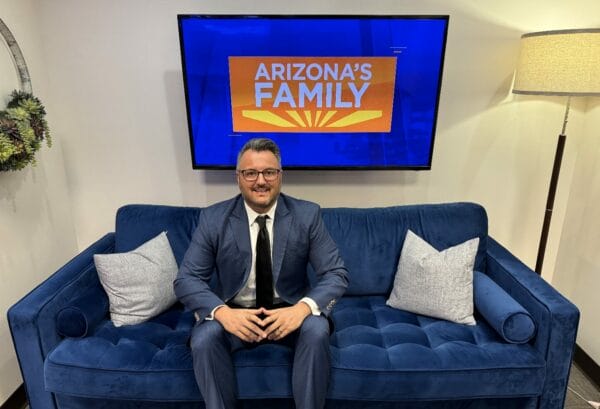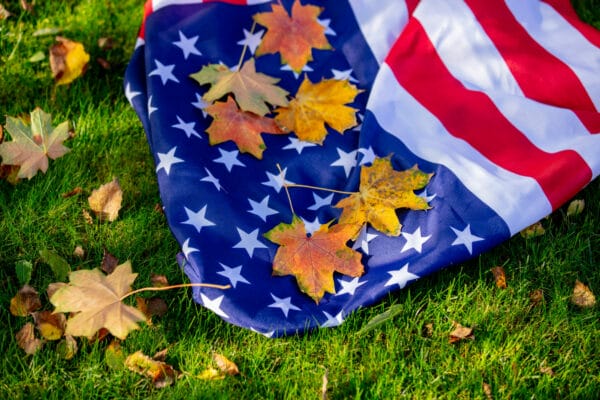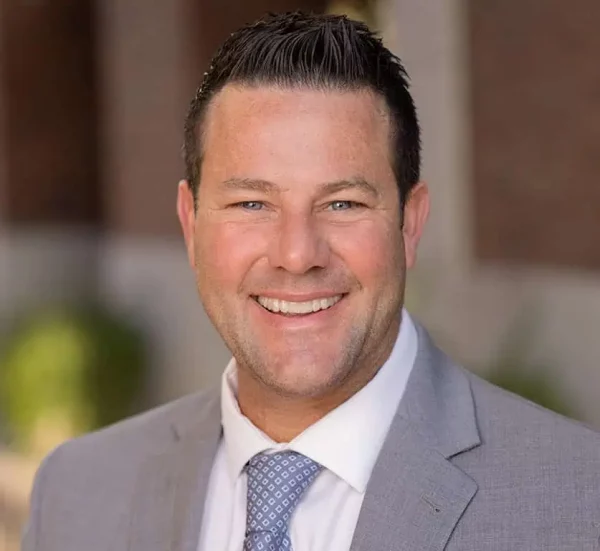 By Bill Coates | Casa Grande Dispatch
By Bill Coates | Casa Grande Dispatch
J.J. Anderson stood atop Rylee, a 2-year-old quarter horse. He stood straight up on the saddle like somebody riding an escalator — except without handrails.
With one hand, Anderson shook a large green tarp in the horse’s face. With the other, he cracked a whip.
And Rylee just stood there, taking it all in.
From atop the horse, Anderson said: “I usually say, it can’t get any better than this.”
With a little more of the work in the pen, the groundwork, Rylee would be ready for a ride.
Anderson has been training her for about four weeks. And standing on her back and shaking a tarp and cracking a whip wasn’t just an act. It was something of a final exam for exercises meant to desensitize the horse. That means training a horse to remain calm when out on the trail, in a world full of surprises.
Otherwise, a spooked horse could spell trouble for the rider — and the horse.
So if Rylee isn’t rattled by the tarp, she likely won’t be bothered by a blowing plastic bag. And if she can handle the crack of a whip, she won’t be spooked by gunfire, if a rider takes her out shooting or hunting.
One thing seems clear. Just about anybody who has trusted a horse to Anderson says he’s the best. That’s a high bar for a 23-year-old, but Anderson has the skills and a presence that seem to set him apart. And horses, to be sure, are second nature to him.
“I’ve been around horses all my life,” Anderson said. His father was a rodeo team roper. Anderson grew up in Higley. Later on, he learned the basics of colt training from a master trainer in Show Low. Anderson, in time, developed his own approach. He’s a low- key, even-tempered young man who believes in winning a horse’s trust.
He wins the trust of people, too.
Anderson seeks to desensitize the horse, to get the horse to take the unexpected in stride.
“Mostly, you kind of start them off with the tarp,” he said. That is, just showing the tarp folded up. “It’s like small baby steps.”
He spoke from the corral where he was taking Rylee through her paces. At this point, both horse and trainer had feet firmly on the ground. He would stand atop the saddle later. This was the time for groundwork, for waving tarps and flags and cracking whips.
Rylee was learning. He was getting the complete workup.
Anderson only had a week or two to work with Blackie. a large draft and Hancock quarter horse belonging to Dan York.
He and his wife, Anne-Marie, bought Blackie from a man who was moving out of town. Blackie took up residence on the Yorks’ horse property northeast of Casa Grande, settling in with three other horses.
But Blackie, it turned out, was not easy to get along with. York’s older daughter took Blackie out for a ride, without incident. But when York entered the horse’s pen, he got a chilly reception. Blackie made biting gestures and reared up. Then, York said, “He chased me out. I just lost my nerve.”
But he had earlier met Anderson through a mutual acquaintance.
“I called J.J.,” said York, a technology-industry expert. He told Anderson, “I need you to come over as quick as you can and take a look at my horse.”
Anderson looked and saw a poorly trained horse. It wasn’t
the horse’s fault, he added. The previous owner could have used some lessons.
“When you get a horse charging at you like that, you know you’re doing something wrong,” he said.
At the Rice ranch, Rylee’s owner said — as part of the training — she had to remember Anderson’s mission statement.
“Which is to create a safe and pleasant all-round riding horse,” Davidson said.
If you’d like to discuss equine law, contact Adam Trenk, atrenk@roselawgroup.com











